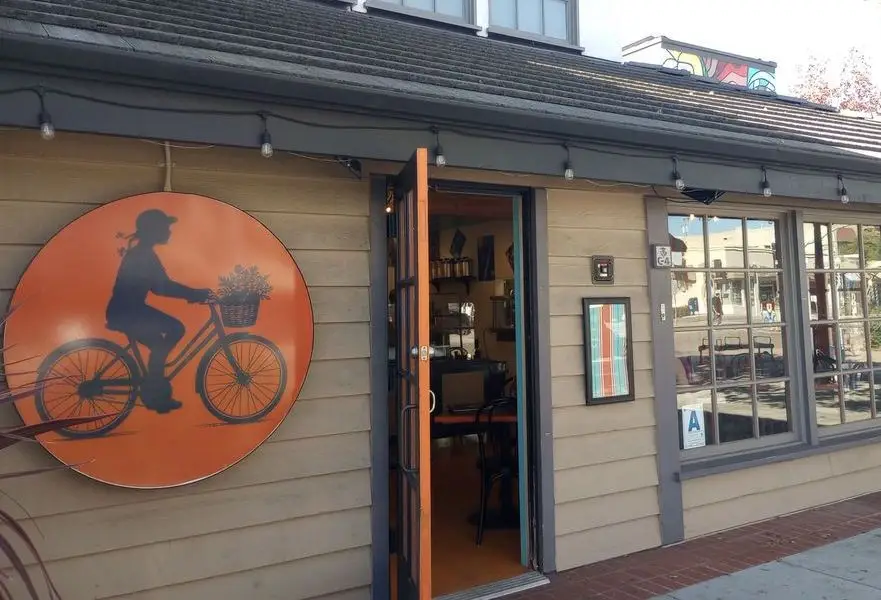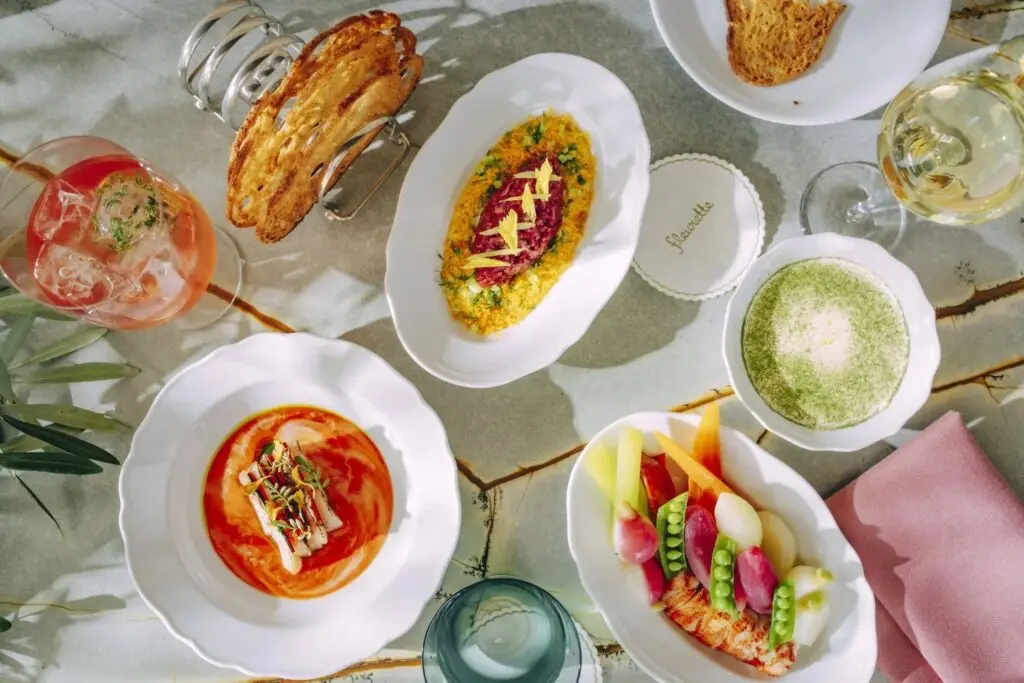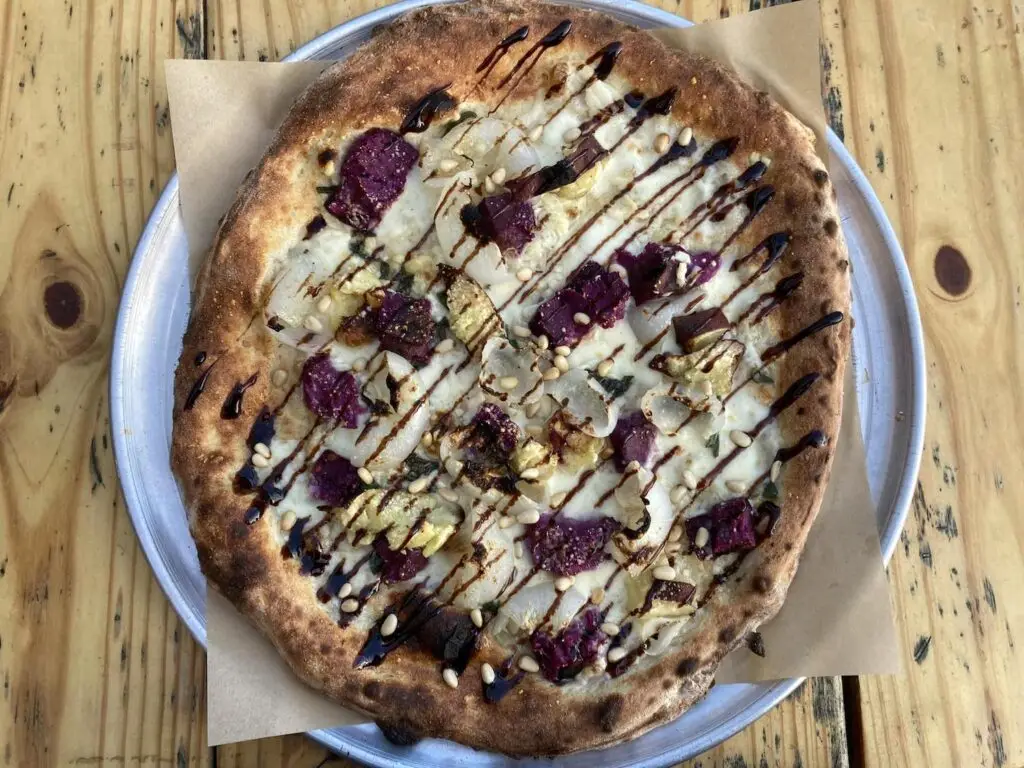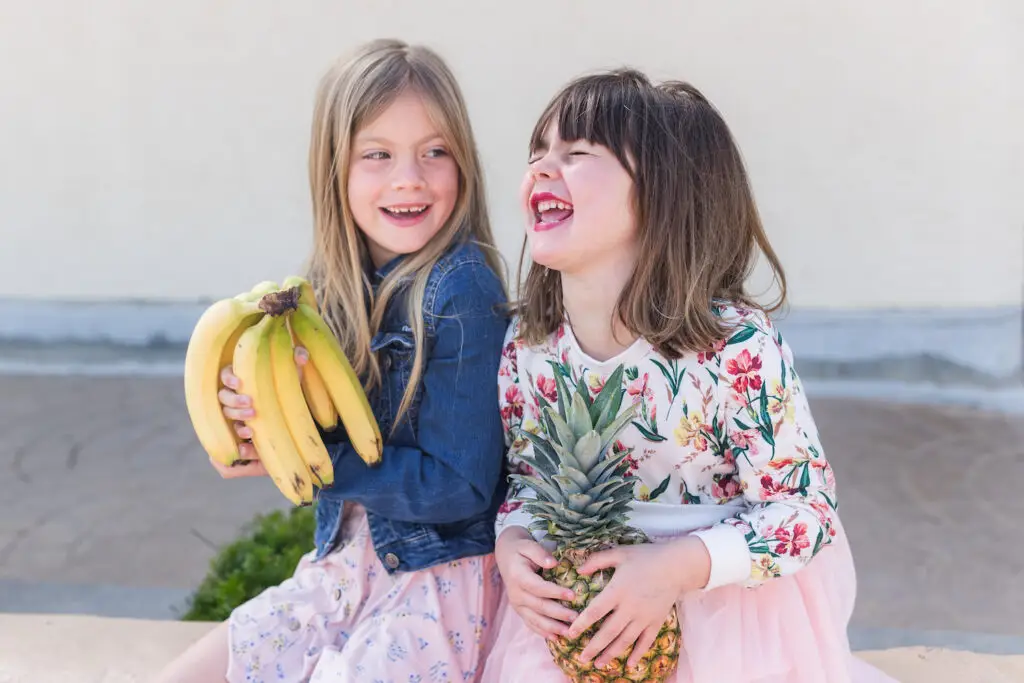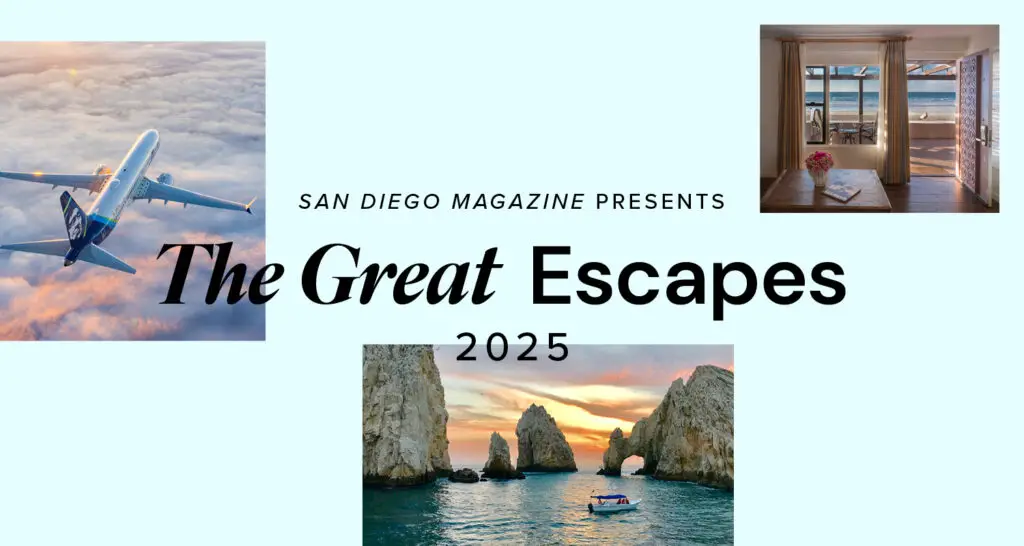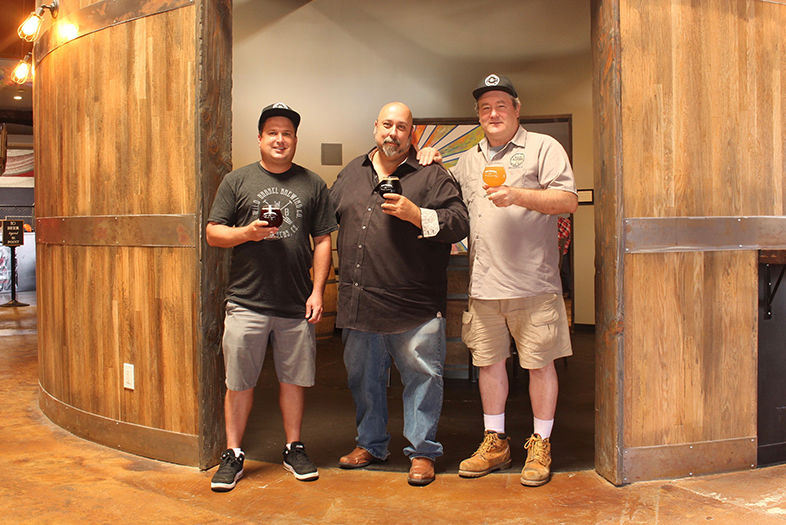It goes without saying that, if you’re going to open a new brewery in San Diego, you have to make great beer. (I said it anyway!) These days, in a field of nearly 155 breweries, you also need some kind of competitive edge to succeed. The three founders of Wild Barrel Brewing in San Marcos combined their unique talents and resources to create a competitive edge that stands out as somewhat unique in our industry.
Bill Sysak—known to SD craft insiders as “Dr. Bill”—spent many years at Stone as the beverage coordinator and one of the company’s key brand ambassadors. For many years, if you attended a Stone beer dinner or special event, chances are it was curated by Dr. Bill. His experience at one of the world’s most successful craft breweries gave him unparalleled insights into how to market beer and also how to create beers that craft lovers want.
Dr. Bill is not a professional brewer, so any new brewing project that he was going to be involved in required someone with solid experience in the brewhouse. Enter Bill Sobieski. The two Bills knew each other from their time working together at Stone, but Sobieski had a long history of brewing in San Diego and Orange counties. It just so happened that, when Dr. Bill asked him if he would be Wild Barrel’s brewer, the timing was exactly right.
Chris White, a craft beer lover and owner of a local cigar business, completed the partnership triad by bringing his financial expertise and real estate connections to the project. Together, these guys covered all the bases and were set to hit the ground running. And run they did. After being open only a few months, Wild Barrel was officially on the map: Beer Advocate chose them as one of the top 50 best new breweries in North America for 2018.
Clutching a cold tulip glass filled with a delicious apricot-peach Berliner weisse (Wild Barrel calls the beers in this style their “Vice” beers), I sat down with Chris and the two Bills to talk about how they developed their game plan, where the company sits as they approach their first anniversary, and when their fans are going to start seeing barrel-aged beers flowing from the taps.
Let’s start with a little bit of the Wild Barrel origin story. How did you guys come together?
Sysak: So, I’ve been around since the Earth cooled. I knew Bill for just about twenty years, through his homebrew clubs, doing events, and doing other kinds of beer geekery. When I joined Stone in 2009, Bill was already there. I met Chris through Stone, doing cigar events. Chris owns a cigar company, so I met him through that. He became even more passionate about craft beer as he did more and more pairings with us. Meanwhile, Bill left Stone to start another project in Orange County, and Chris broached the idea of us doing a brewery. I had been approached a lot of times before that, but it just seemed like the timing was right. So Chris and I got together and then Bill left the Orange County project—
Which project was that?
Sobieski: I helped to build Hoparazzi Brewing Company and, once it was all up and running, my partners and I separated and I came back to San Diego. I worked at Fall Brewing for a while, got some great experience there, and then I ran into Bill and he told me he and Chris were thinking of starting up a brewery. He asked me if I wanted to be the brewer. I said sure!
Sysak: That was late 2015. We knew what we wanted to do. I had been consulting to bars and breweries—not only through Stone—so I knew the overall scope. And these guys were both on board with the idea of doing a wide-ranging selection of beers that are geared toward what the market demands. And we knew we wanted to do barrel-aged beers as part of that. We looked at a few places; we looked at Stumblefoot, for example, but it didn’t really seem like the right fit. So we decided that we just needed to do our own thing. Chris and I got heavy into a detailed business plan and then started looking at investors. And that’s when Chris found this place.
Sobieski: We actually were considering taking over Stumblefoot. I went into that place as their brewer, because they needed one. And after a few months we really cleaned the place up and Bill and Chris started consulting and bringing people in and it started to work. The beers were coming out really well and the traffic in the tasting room was starting to pick up, but overall the whole business just didn’t seem to work out.
It would have been a much smaller scale than where you wound up.
Sysak: We were very lucky that it didn’t work out. So Chris started looking. He’s got a lot of real estate connections.
White: Yeah. This location turned out to be a real blessing. We got freeway frontage; we’re one of only two in North County to have that [Indian Joe being the other]. And we also have the synergy with the batting cages and the axe throwing next door.
Sysak: And it fulfilled three of the parameters I wanted to look for: a large space, freeway frontage, and a nice city government, which San Marcos is.
Tell me, when the three of you first got together to talk about the concept of the brewery, what were the key ideas? Obviously, the barrel aging was a major component, but that can’t come until way later. You’re only ten months into it.
Sysak: We keep telling people that! They don’t understand!
People are asking, “Where are all the wild barrels?”
Sysak: Right!
In the meantime, you said you wanted to focus on styles that customers were asking for the most.
Sysak: We all have our favorites. My favorite style of beer is saison, but it’s not a mover, right? So, we want to do all kinds of fun beers, but when the research shows that 28 percent of all craft beers are IPAs or IPA derivatives, and that 75 percent of all the growth is IPA or IPA derivative, and we’re in San Diego County, we pretty much all come to same conclusion: We want to be focused on IPAs. When you look at Burgeon, for example, part of their success and the growth of their tasting room is the fact that they have multiple IPAs on. It’s fun to have other beers on, but if they only move one-tenth as fast, it just doesn’t make sense as a startup.
Why do IPAs dominate to such an extent, do you think? What is it about that style of beer that appeals to so many people?
Sysak: We all have our own answer to that. My answer is that the marketplace is millennial driven right now, and millennials want more aggressive flavors. It’s all a carry-on from the slow food movement and the improvement of all the artisanal products available over the last forty-five years. When I started out in beer, of course, it was all about browns and ESBs and porters, but now sour ales are popular—even though they’re a small percentage of overall volume, about two percent of market share.
White: One thing for me, when we first started this, I made a case for sour beers. I had taken people who were into craft beer to festivals and after they tried everything, I would ask them what their favorite beer was. About seven out of ten would say a sour beer.
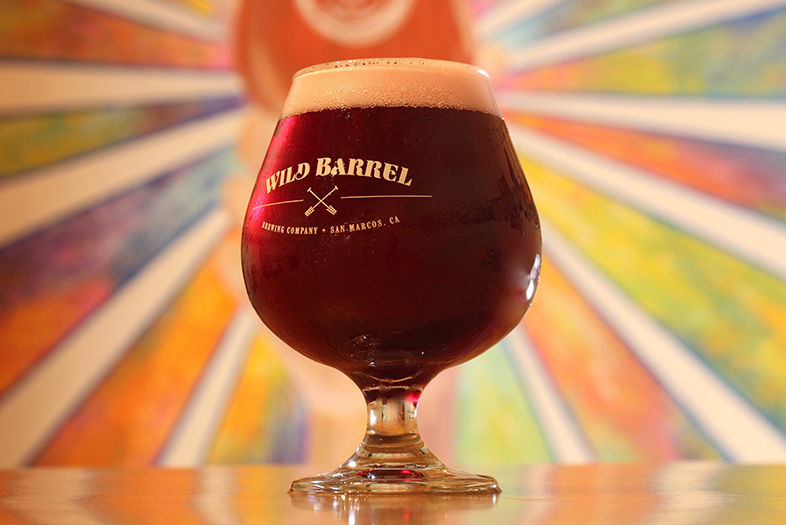
Have a Beer with Wild Barrel Founders Bill Sysak, Bill Sobieski, and Chris White
Black Currant Vice is one of a handful of fruited Berliner-weisse-style beers that have enjoyed great popularity with craft beer fans. | Photo: Bruce Glassman
Bill (Sobieski), how about you? Were you a big IPA fan before starting this project?
Sobieski: Yeah, it’s still one of my favorite styles; my go-to drink. If I go out somewhere, I’ve got to have a decent IPA before I want to have something else. I’ve definitely become a hophead.
White: And now you have the hazys and also the brut IPAs. We have a couple of hazys and Bill’s working on a brut right now.
Sobieski: We should have a brut out in about a week or so.
Sysak: The next trends after these IPA trends are still going to be IPAs, just a different kind.
Are people starting to ask for brut IPAs specifically?
Sysak: Yeah, we’re starting to see it. And we had to have a serious discussion—because of our capacity, we had to take one of our single IPAs out of rotation to do a brut IPA. It’s going to be called Brut de Blanc, done with Hallertau Blanc hops and Mosaic.
I guess people are more into trying out different kinds of single IPAs these days, whereas a few years ago they were more inclined to want to try a double or a triple IPA.
Sysak: Yes. There are way more options now.
This question is for the two Bills: What would you say were the most salient things you learned about the beer biz from your time at Stone?
Sobieski: Well, the first thing that comes to mind is what Bill said about staying focused on which beers are selling. Bill knew, from being the beverage coordinator, what was selling in the Stone bistro, and our strategy was to focus on those from the start.
Sysak: It’s fiscally irresponsible for a new brewery not to do their best to do market research so they can know how to move their product successfully. That’s why our beer list right now is hyper-focused on that. When I used to consult for bars they used to ask me, “Dr. Bill, I only have twelve taps but I really want to have another IPA.” I’d look and they’d have five “gateway” beers on tap—a pilsner, a kolsch, a hefeweizen, a wit, and a blonde. So I would advise them to get rid of one of those. I also told them they’d see the sales of the other four go up as a result, and they’ll get that other IPA on tap. I’m as guilty as anyone else; I’m always looking for the hoppy beers, too. I’ll go in and see an ESB or a doppelbock, I’ll have one, and then I’ll go and have two IPAs or an IPA and a sour, or something like that.
Sobieski: As Bill said, his favorite style—and mine too—is saison. But here we are ten months out and we haven’t yet brewed a saison. We’re planning on it in the next few months, but it’ll be at least a year before we brew those other beers.
Tell me more about the barrel-aging program. Did you say you had 30 barrels filled right now?
Sysak: For clean beers, we have around 30. And they’re all spirit barrels. They’re all either bourbon, rye, or Tennessee whiskey barrels and all the beer in them is imperial stout. Not that we don’t want to do barleywines and quads and stuff, but for now that’s what we’re focusing on. Preston, the head of our barrel program, is still developing the cultures for the rest of the barrel program.
So when do you anticipate the sour barrel program kicking into production?
Sobieski: It’ll be sometime early next year.
Sysak: That’s not soon enough for Chris!
Yeah? Chris, is that your favorite style?
White: Yeah!
What else is part of the vision for the upcoming months and year?
Sysak: Looking at our business model, I’ve talked a lot about the “80/20 rule.” To be a successful small brewery you want to serve 80 percent of your beer through your tasting room; that’s where your profit margin is. And 20 percent goes out through self-distribution as free advertising with a 100-percent markup, while the rest of your profits are made by selling your $7 glass of beer. So we know that one of our ultimate goals is to open another tasting room because, as we grow here, and the barrel program grows, we need more outlets to push that beer out at its most profitable. So our goal is not to go with a distributor, not to grow to 50,000 barrels or become a regional brewery. Our goal is about quality, quality, quality.
Sobieski: You’re only as good as your last batch of beer. The last thing you want is for somebody to say, “Yeah, their beers used to be great, but this last one… I dunno.”
The beer styles you started with were all carefully thought out and researched. Were there any surprises?
Sobieski: Hipster Latte!
Sysak: Well, I always knew that I wanted to do a coffee milk stout, and that we needed a little bit of counterbalance. We have a bunch of kettle sours and a bunch of hazy and San Diego–style IPAs, one gateway beer (our wit), and we knew we wanted a lower ABV stout. We have a really nice relationship with Mostra Coffee and we knew we could do a really successful coffee milk stout. But, when you have all those other popular beers, guess which one’s going to move the slowest? The coffee milk stout. So, we were having a discussion about it, and Bill wanted to take it out of the rotation—but as the sales guy, I was starting to get people asking for the Hipster Latte.
Sobieski: I told him I don’t care. We’re not doing it anymore. Let’s do something else.
Sysak: And then, on our last three kegs, they did the Sore Eye Suds Cup that they do every year at the Ugly Dog Pub and Hipster Latte was voted by the fans as one of the top ten regularly produced beers. Then, in the competition, we lost by only half a point to Societe’s Butcher. That was a really nice surprise, to finish so well. So I sent a text to Chris and Bill saying, “We’re brewing Hipster Latte until 2021!”
Sobieski: So I put it back on the schedule. I just brewed it this week!
So much for slow-moving beers!
Follow Bruce:
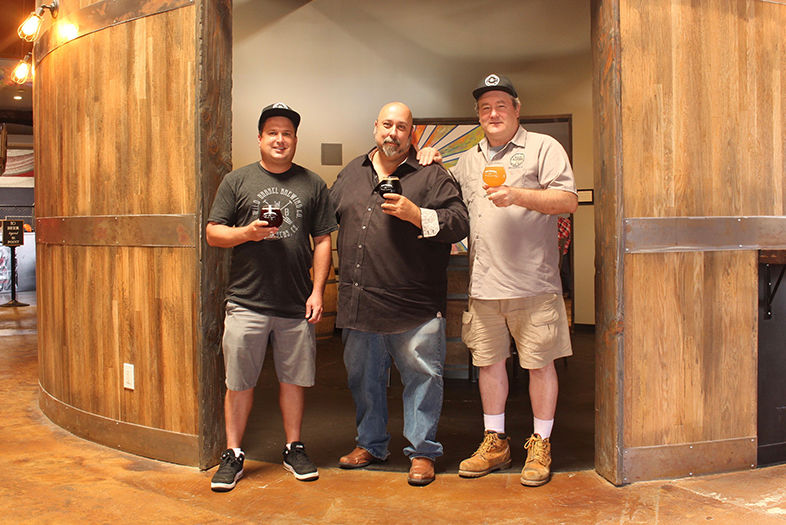
Have a Beer with Wild Barrel Founders Bill Sysak, Bill Sobieski, and Chris White
PARTNER CONTENT
Wild Barrel’s three founders are, from left, Chris White, Bill Sysak, and Bill Sobieski. | Photo: Bruce Glassman
